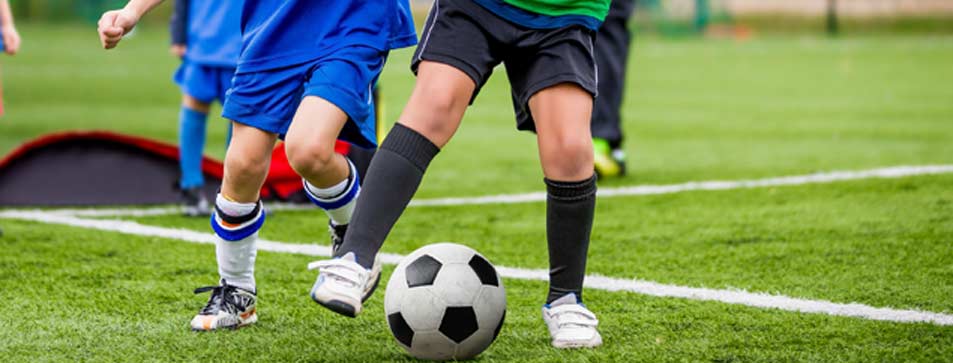
A sports hernia often produces lower abdominal discomfort that starts off minimal and gradually becomes more disruptive.
Because a sports hernia develops in the area just above the groin in the lower abdomen called the inguinal canal, it’s sometimes assumed that it’s a muscle strain or groin pull. Resulting from weak tendons or abdominal wall muscles, a sports (inguinal) hernia is so-named because it’s commonly associated with the types of motions and lower body stress required for certain sports-related activities.
The approach to treatment that’s recommended will depend on the severity of the symptoms experienced.
How Can You Tell If You May Have a Sports Hernia?
If treated as a muscle strain, a sports hernia will not respond to icing, rest, and other common groin pull treatments. Inguinal hernias are especially common in athletic individuals who play sports where there’s a need to bend forward on a regular basis, like hockey. Additional signs suggesting you may have a sports hernia include:
- Groin pain
- Discomfort extending to testicles (in men)
- Lower abdominal pain that worsens with certain movements or activities

How Is a Sports Hernia Diagnosed?
A sports hernia is typically diagnosed with a physical examination that includes a description of your symptoms. You may be asked about what types of activities you normally participate in to get a better idea of whether or not you’ve placed too much stress on your lower abdominal area. If there’s not a noticeable bulge or other signs suggesting a hernia, additional testing may be done to rule out other possible sources of groin/lower abdominal pain such as pelvic stress fractures or hip labral tears. It’s becoming increasingly common to perform an MRI scan to make a positive diagnosis of a sport hernia, since this type of image test produces clear soft tissue images.
What Are Non-Surgical Sports Hernia Treatments?
If discomfort related to a sports hernia is mild, conservative treatments may be recommended first. Suggested symptom management options may include taking a break from certain activities or sports, using anti-inflammatory medications (NSAIDs), applying ice to the affected area, and various forms of physical therapy. Some patients with inguinal hernias also respond well to exercises that target pelvic and abdominal muscles.
When Does Surgery Become an Option?
Should conservative treatments fail to effectively manage sports hernia symptoms, surgery will likely be recommended. The purpose of surgery is to repair the lower abdominal wall in the weak spot. Whenever possible, hernia repair is usually done with minimally invasive laparoscopic techniques. Studies show that most athletes are able to return to their previous activities after recovery from the hernia surgery. The rehabilitation process normally takes about two months.
Sports hernias aren’t caused by a lack of sufficient abdominal exercise. It’s just that the lower abdominal wall is uncharacteristically thin in certain spots. This being said, there are still some ways to reduce your risk of developing a hernia in the groin area. For example, eating higher fiber foods can reduce the constipation problems that sometimes strain abdominal muscles or tendons enough to cause a hernia to develop.


